Do you appreciate a work of art for the way it appears on the surface? Or do you take time to delve into what lies beneath and further your understanding of how the artist created their masterpiece? How these carefully placed elements come together to form a unified visual statement has been studied and discussed in many disciplines, including artistic composition. One crucial element that is often overlooked is the implied line. Implied lines are used throughout artwork — from ancient philosophical symbols to modern abstract prints — and they are essential for creating harmonious compositions. In this blog post, we will explore what implied lines are in art and how they can be utilized in creative works. Keep reading to uncover a whole new level of appreciation for artwork!
What are the Basic Elements of Art?
The basic elements of art are the fundamental building blocks used to create any visual art piece. These elements may vary depending on different sources, but most commonly there are seven basic elements that make up the visual language of art:
- Line: The simplest and most essential element of art, a line is a continuous mark made by a moving point. Lines can be straight or curved, thick or thin, and can vary in direction and length. They are often used to create shapes, patterns and textures. [1]
- Shape: Shapes are created when lines intersect with one another or by enclosing a space between lines. There are two types of shapes – geometric (circles, squares, triangles) and organic (irregular free-flowing shapes). Artists use shapes to create forms and structures within their artwork.
- Form: Form refers to the three-dimensional quality of an object or figure. These can be categorized as either geometric (cubes, cylinders) or organic (humans, animals). Artists use techniques like shading and perspective to bring a sense of depth and dimensionality to their work.
- Space: Space is the area around, between, and within objects in a composition. Artists use it to create the illusion of distance, depth and perspective in their artwork. There are two types of space – positive (occupied by objects) and negative (empty or unused).
- Color: Colors are created when light is broken down into different wavelengths that our eyes can see. The basic colors are red, blue and yellow – also known as primary colors. By mixing these primary colors, artists can create secondary and tertiary colors to add depth and complexity to their work.
- Value: Value refers to the lightness or darkness of a color. It is used to create contrast, depth and emphasis in an artwork. A range of values from light to dark helps create form and gives objects a sense of depth and dimensionality.
- Texture: Texture refers to the surface quality or feel of an object in an artwork. It can be rough, smooth, bumpy, shiny or dull. Artists use texture to add interest and variety to their work, making it more visually appealing.
- Time: Some sources include time as the eighth basic element of art. It refers to the way an artist conveys a sense of movement, rhythm or action in their work. This can be achieved through techniques like blurring, repetition, or overlapping.
These elements work together to create a visual language that artists use to communicate their ideas and emotions to their audience. Understanding these basic elements can help viewers appreciate and interpret art in a deeper and more meaningful way. So, while the list of basic elements may vary, their importance in creating beautiful and impactful art remains constant. [2]
What Types of Lines are Distinguished in Art?
There are several different types of lines that artists use in their work to create meaning and convey emotion. These include:
Contour Lines
Contour lines are curved or straight lines that define the edges of an object or figure. They can be thin, thick, dark, light, continuous or broken depending on what the artist wants to convey. [3]
Gesture Lines
Gesture lines are energetic, spontaneous lines that capture the movement or essence of a figure. They are quick and fluid, often used to convey action or emotion.
Implied Lines
Implied lines are not actually drawn by the artist, but rather created by the placement of shapes or objects in a composition. These can be used to guide the viewer’s eye around the artwork or create a sense of movement.
Expressive Lines
Expressive lines are used to convey emotion and can be thick, bold, jagged or delicate depending on the message the artist wants to communicate. They can also be used to create texture or add visual interest.
Hatching and Cross-Hatching Lines
Hatching and cross-hatching lines are used in drawing and printmaking to create shading and depth. These lines are often parallel or intersecting, creating a sense of volume and form.
Calligraphic Lines
Calligraphic lines are fluid and graceful, resembling handwriting or calligraphy. They can be used to add a sense of elegance or sophistication to an artwork.
Outline Lines
Outline lines are bold and dark, used to define the shape of an object or figure. They can also be used to create contrast and draw attention to a specific area of the artwork.
Overall, the use of different types of lines allows artists to add depth, emotion, and movement to their work. By understanding how lines can be used in art, we can better appreciate the skill and intention behind each piece. Whether it’s a simple contour line or a complex cross-hatching technique, lines play an important role in the creation and interpretation of art. So next time you admire a piece of artwork, take a closer look at the various types of lines used and how they contribute to the overall composition. [4]
What Are Implied Lines in Art?
Implied lines in art refer to the imaginary or invisible lines created by elements within a composition that guide the viewer’s eye and create a sense of movement or direction. They are not physically present but can be inferred by the placement, size, or direction of objects within a piece. [5]
These implied lines can be found in various forms of visual art such as paintings, drawings, sculptures, and even photographs. They serve as a fundamental element in the overall composition of an artwork and play a crucial role in conveying the artist’s intended message or narrative.
One famous example of the use of implied lines in art is Leonardo da Vinci’s iconic painting, “The Last Supper.” In this piece, the implied lines created by the placement and direction of the figures’ gazes lead the viewer’s eye towards Jesus at the center of the composition.
Another example is Vincent van Gogh’s “Starry Night,” where the swirling brushstrokes and direction of movement in the sky create an implied line that leads to the focal point of the village below.
Implied lines also have a significant impact on how we interpret and perceive art. They can create a sense of depth, perspective, and flow within a piece, guiding our eyes and creating a visual narrative. They can also convey emotions, such as tension or harmony, depending on how they are utilized. [6]
Why Do We Use Implied Lines in Art?
There are several reasons why implied lines play an important role in the world of art. Here are some of the main ones:
Enhance Composition and Balance
Implied lines create a sense of movement and flow within a piece of artwork, helping to guide the viewer’s eye from one area to another. This can help enhance the overall composition and balance of the piece. By creating a sense of direction and movement, implied lines can also create a sense of harmony and unity within the artwork. [7]
Add Depth and Dimension
Implied lines can also add depth and dimension to an artwork. By using techniques such as perspective or contour lines, artists can create the illusion of three-dimensional space on a two-dimensional surface. This adds visual interest and complexity to the artwork.
Convey Emotion and Expression
Implied lines can be used to convey the emotions and expressions of the subjects in an artwork. For example, curved implied lines may suggest a sense of calmness or fluidity, while jagged implied lines can evoke a feeling of tension or chaos.
Additionally, by carefully manipulating implied lines, artists can create a sense of movement and energy within the artwork, adding to its emotional impact.
Create Mystery and Imagination
Implied lines can also add an element of mystery and imagination to an artwork. By leaving certain areas unfinished or using broken/dashed lines, artists can invite the viewer to fill in the gaps with their own interpretations and ideas, sparking their imagination.
This not only engages the viewer with the artwork, but also allows for a deeper and more personal connection to be formed.

Challenge Traditional Concepts
Implied lines can also help challenge traditional concepts of art and push boundaries. By breaking away from literal representations and using abstract or implied lines, artists can create thought-provoking and unconventional pieces that challenge societal norms and perceptions.
Emphasis and Direction
One of the main reasons for using implied lines is to create emphasis and direct the viewer’s attention towards a specific area or subject in the artwork. By using lines that are not explicitly drawn, artists can guide the viewer’s gaze and create a sense of movement within the piece.
Enhancing the harmony of visual elements
Implied lines are also used to connect various elements within an artwork, creating a cohesive composition. These lines help tie together different components and create a unified visual experience for the viewer. This adds to the overall aesthetic appeal of the artwork and makes it more visually pleasing.
Expressing Movement and Energy
Implied lines are often used to convey a sense of movement or energy in an artwork. By using dynamic lines that suggest motion, artists can bring their pieces to life and create a sense of action within the still image. This adds depth and interest to the artwork, making it more engaging for the viewer.
Implied Storytelling
In some cases, implied lines can be used to tell a story within an artwork. By strategically placing implied lines, artists can create a narrative that invites viewers to interpret and make connections between different elements in the piece. This adds another layer of meaning to the artwork and allows for various interpretations.
Encouraging Viewer Interaction
By using implied lines, artists can also encourage viewers to actively engage with their artwork. These lines create a sense of curiosity and intrigue, prompting the viewer to explore the piece further and make connections between different elements. This interactive aspect of implied lines enhances the viewing experience and allows for a deeper connection between the art and its audience. [8]
How to Create and Use Implied Lines in Art?
Creating implied lines in art can greatly enhance your artwork and add a sense of movement, depth, and emotion. Implied lines are lines that are not physically present in the artwork but are suggested by other elements such as shapes, colors, or patterns. [9]
Understanding Implied Lines
Implied lines can be found in almost every type of art – from paintings and drawings to sculptures and digital art. They are often used to create a sense of direction, lead the viewer’s eye through the artwork, or add an element of surprise.
Implied lines are different from actual lines in that they are not physically drawn or formed by the artist’s hand. Instead, they are created through the arrangement and relationship of other elements in the artwork.
Creating Implied Lines
There are various ways to create implied lines in your artwork. Some common techniques include using overlapping shapes, contrasting colors, or directional cues such as pointing objects or figures. Here are a few examples:
- Overlapping Shapes: By placing one shape on top of another, you can create an implied line where the two shapes overlap. This technique works especially well in abstract art, where you can experiment with different shapes and sizes.
- Contrasting Colors: Using contrasting colors next to each other can create an illusion of a line without actually drawing one. For example, placing a bright red object next to a dull blue object can create an implied diagonal line between them. This can add energy and movement to your artwork.
- Directional Cues: Objects or figures that are pointing in a certain direction can create an implied line leading the viewer’s eye in that direction. For example, a figure looking off to the side can create an implied diagonal line towards the edge of the artwork.
Using Implied Lines
Once you have created implied lines in your artwork, you can use them to enhance the overall composition and message of your piece. Here are a few ways you can do this:
- Add depth: Implied lines can create an illusion of depth in your artwork by leading the viewer’s eye from the foreground to the background. This can be especially effective in landscape paintings or photographs.
- Create movement: Implied lines can add a sense of movement and energy to your artwork. By using diagonal or curved implied lines, you can create a feeling of action or motion in your piece.
- Convey emotion: Implied lines can also be used to convey different emotions in your artwork. For example, sharp angles and jagged lines can create a sense of tension or anxiety, while smooth and flowing lines can evoke a feeling of calm or tranquility.
Experiment and Have Fun
Creating implied lines in art is all about experimentation and having fun. Don’t be afraid to play around with different techniques and see what works best for your artwork. Remember, implied lines are not meant to be perfect or precise – they are simply there to add interest and depth to your piece. So go ahead and give it a try, and see where your imagination takes you! So don’t hesitate to incorporate implied lines into your next art piece and see how they can enhance the overall impact and message of your work. Keep experimenting and have fun with this versatile technique in the world of art! Happy creating! [10]
FAQs
How do you find implied lines in art?
Implied lines can be found by looking for elements such as overlapping shapes, contrasting colors, or directional cues in an artwork. These elements create the illusion of a line without actually drawing one.
What does implied shape mean in art?
Implied shape in art refers to the suggested or perceived shape of an object, rather than its actual physical form. This can be achieved through various artistic techniques such as shading, perspective, and overlapping. Implied shapes are often used to create a sense of depth and dimension in a two-dimensional artwork.
In contrast to implied shapes, actual shapes are tangible and concrete forms that can be measured and defined. While actual shapes are important in creating a realistic representation of an object, implied shapes can add visual interest and complexity to a piece of art.
In abstract or non-representational art, implied shapes may be the main focus of the artwork. Artists can use implied shapes to convey emotions, ideas, or themes without relying on recognizable objects or forms. This allows for a more open-ended interpretation of the artwork by the viewer.
Additionally, implied shapes can also be used to create illusions or optical effects. For example, an artist may use curved lines and shading to create the illusion of a three-dimensional sphere on a flat canvas.
Is an implied line an illusion?
An implied line is not an illusion, it is a visual representation of a connection or movement between two points in space. It may not be physically present, but it exists through the placement of other elements. For example, a series of objects that gradually decrease in size can create an implied line leading to the smallest object.
The use of implied lines is a common technique in art and design. They can be used to create a sense of movement, direction, and flow in a composition. In some cases, they can also serve as a guide for the viewer’s eye, leading them through the artwork.
Implied lines can also be seen in nature. For example, the curve of a mountain range or the path of a river can create an implied line in a landscape. These natural forms can be used as inspiration for artists and designers when creating implied lines in their work.
Furthermore, implied lines do not necessarily have to be straight or continuous. They can also be curved, broken, or even created through the use of negative space. This flexibility allows for endless possibilities and creativity in design.
What art form uses implied form?
The art form that uses implied form is visual art, specifically painting and drawing. Implied form refers to the way an artist creates depth and dimension in a two-dimensional artwork. This can be achieved through techniques such as shading, perspective, and composition.
In contrast to explicit form, where objects are clearly defined and easily recognizable, implied form relies on the viewer’s perception and interpretation. It creates a sense of realism and depth, making the artwork appear three-dimensional.
Other art forms that may incorporate implied form include sculpture, photography, and graphic design. However, it is most commonly seen in painting and drawing due to their use of line, color, and light to create the illusion of form.
Implied form allows artists to play with perception and challenge the viewer’s understanding of reality. It adds complexity and intrigue to artworks, making them more engaging and thought-provoking.
When looking at an artwork, pay attention to how the artist uses implied form to create depth and dimension. Notice how different techniques can evoke different emotions and feelings. Understanding implied form can deepen your appreciation for visual art and its ability to capture our imagination.
Useful Video: Implied Lines Drawing
To Sum Up
Implied lines in art can be used to create art in a variety of ways, from enhancing perspective to creating natural curves and patterns throughout the piece. When it comes to seeing your work as an artwork, what matters most is that you understand how implied lines help develop a strong composition. To that end, we recommend using a few basic principles, such as creating diagonal lines for motion and energy or vertical ones for emphasis and stability. Keep in mind that working with implied lines can also create a sense of unity in your pieces. It is up to you to find the balance between implicit and explicit components, so experiment with different combinations until the right one appears. Ultimately, implied lines are just one of many tools at your disposal for creating compelling artwork. With practice and experimentation, there’s no limit to how creative you can be when utilizing these techniques.
References:
- https://artincontext.org/elements-of-art/
- https://teresabernardart.com/basic-elements-of-art/
- https://artincontext.org/line-in-art/
- https://doncorgi.com/blog/line-in-art/
- https://drawpaintacademy.com/implied-lines/
- https://www.liveabout.com/what-is-implied-line-in-drawing-1123058
- https://finearttutorials.com/guide/implied-lines/
- https://www.muddycolors.com/2012/08/composition-basics-implied-line/
- https://acrylgiessen.com/en/line-in-art/
- https://medium.com/thinksheet/the-power-of-using-lines-in-art-fb07d6b7621c


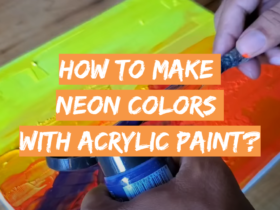
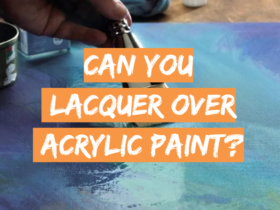
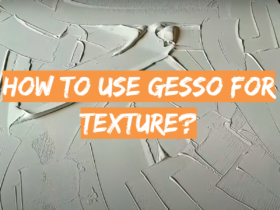
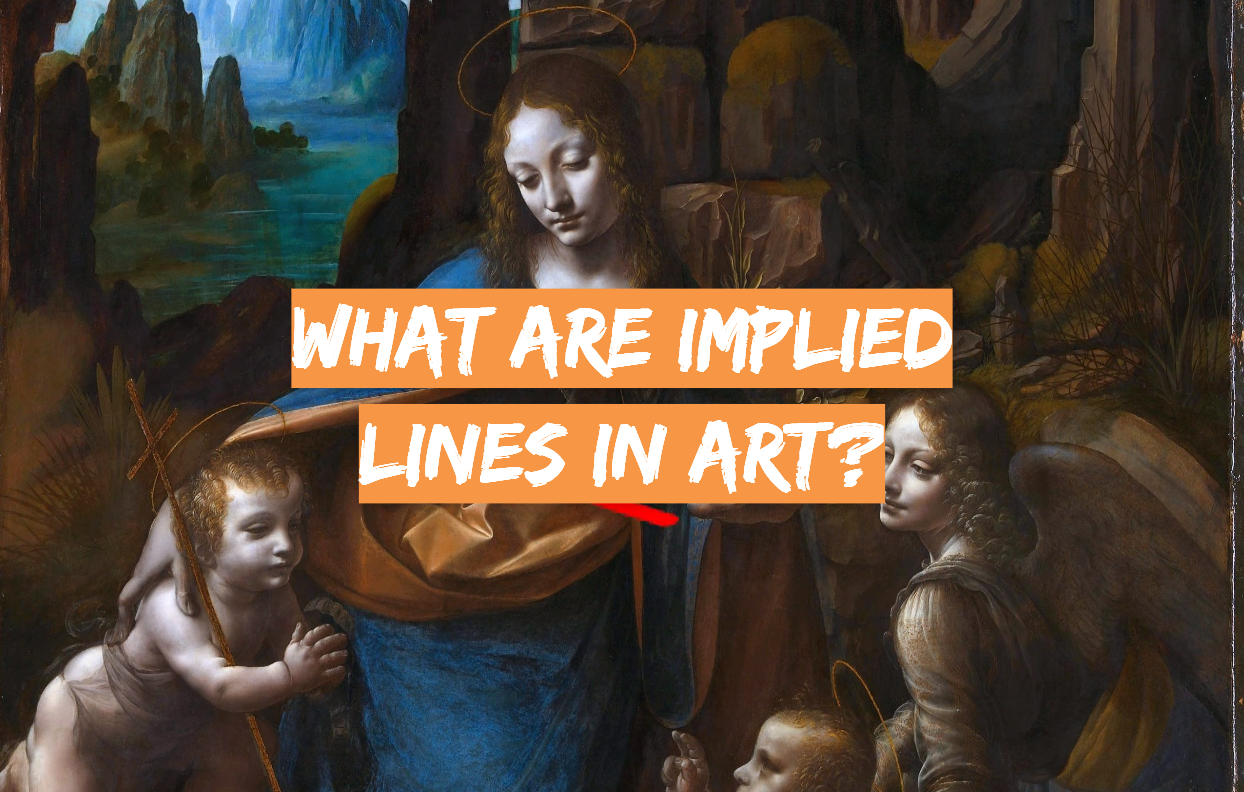
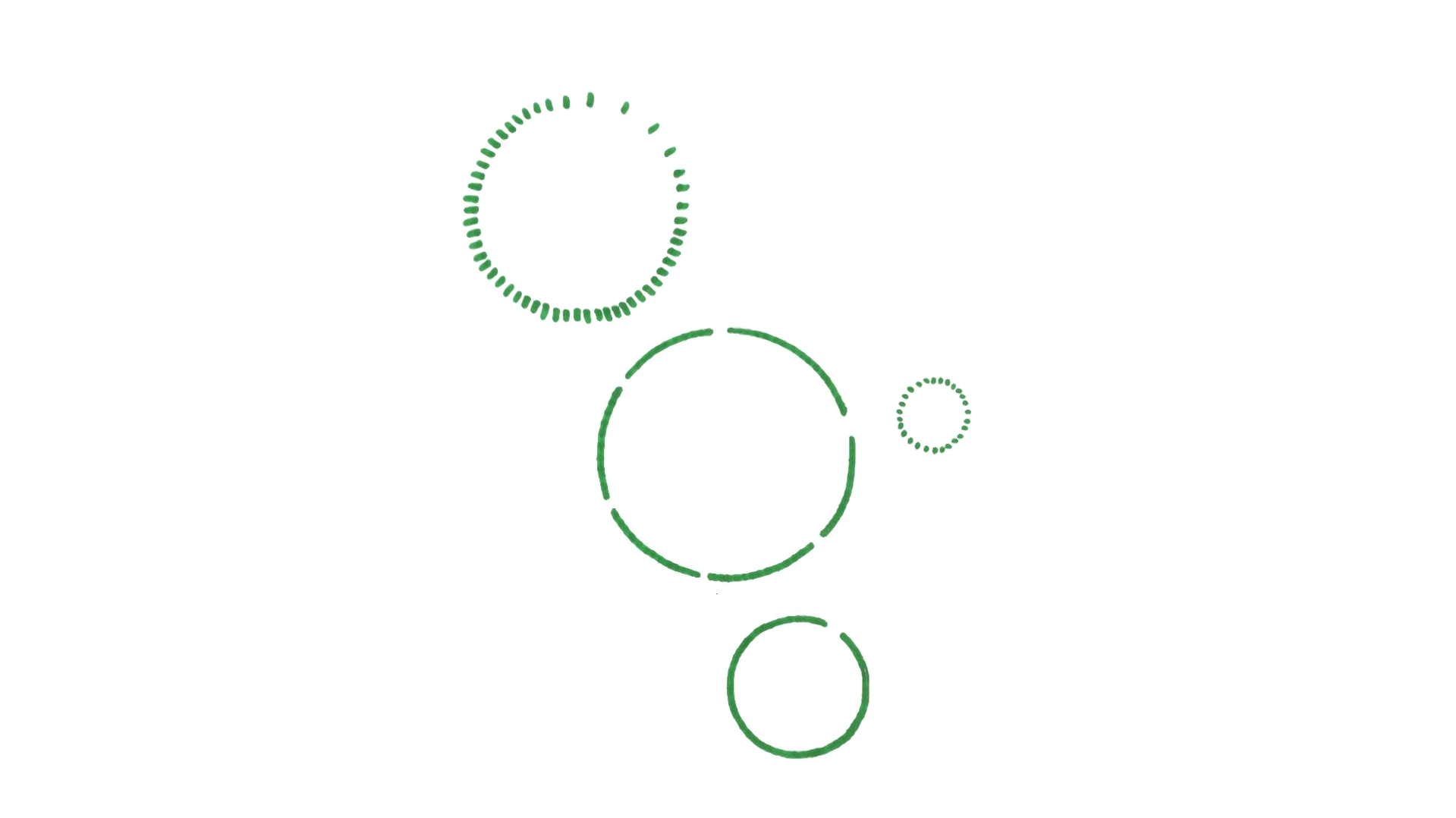
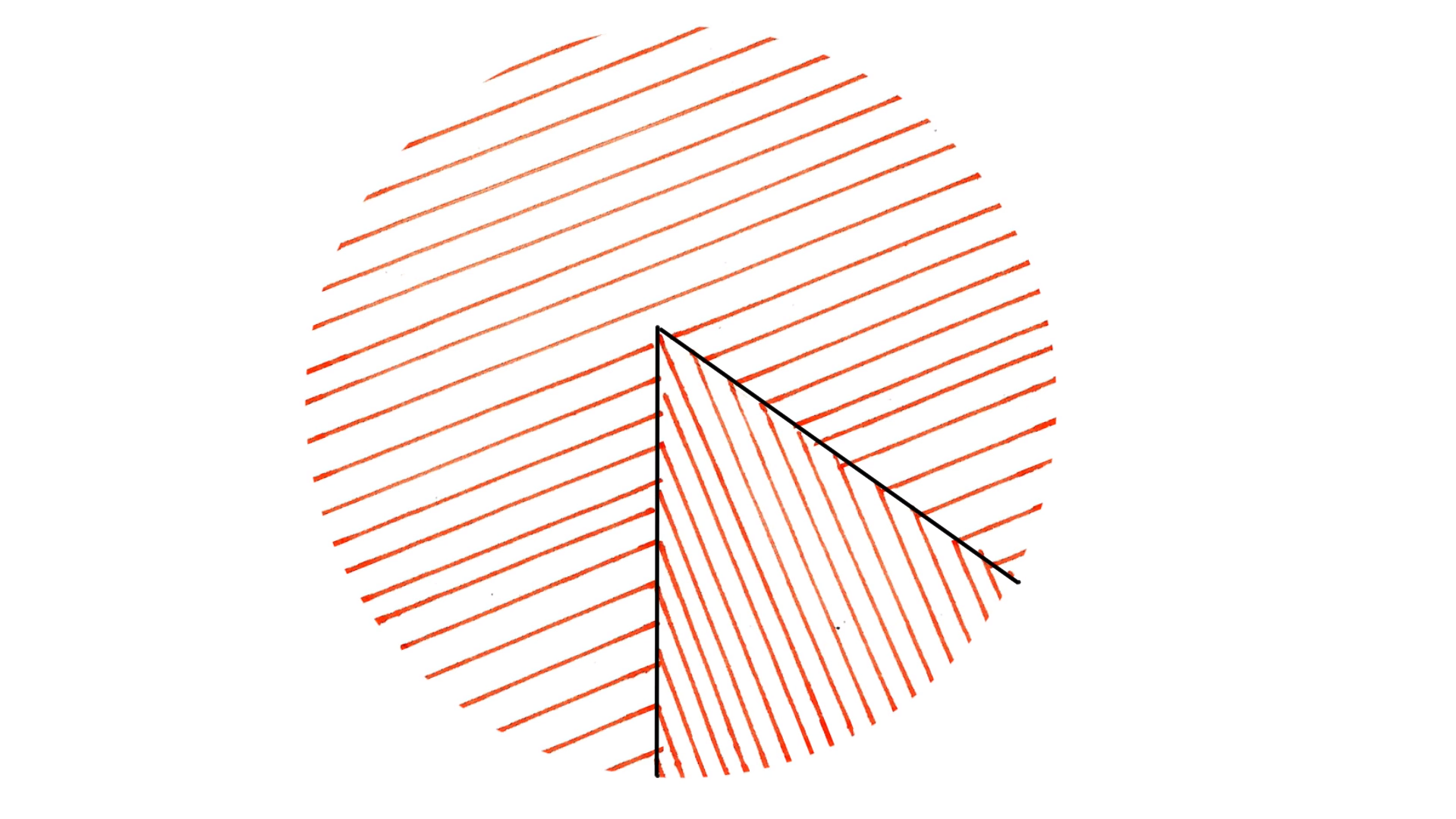
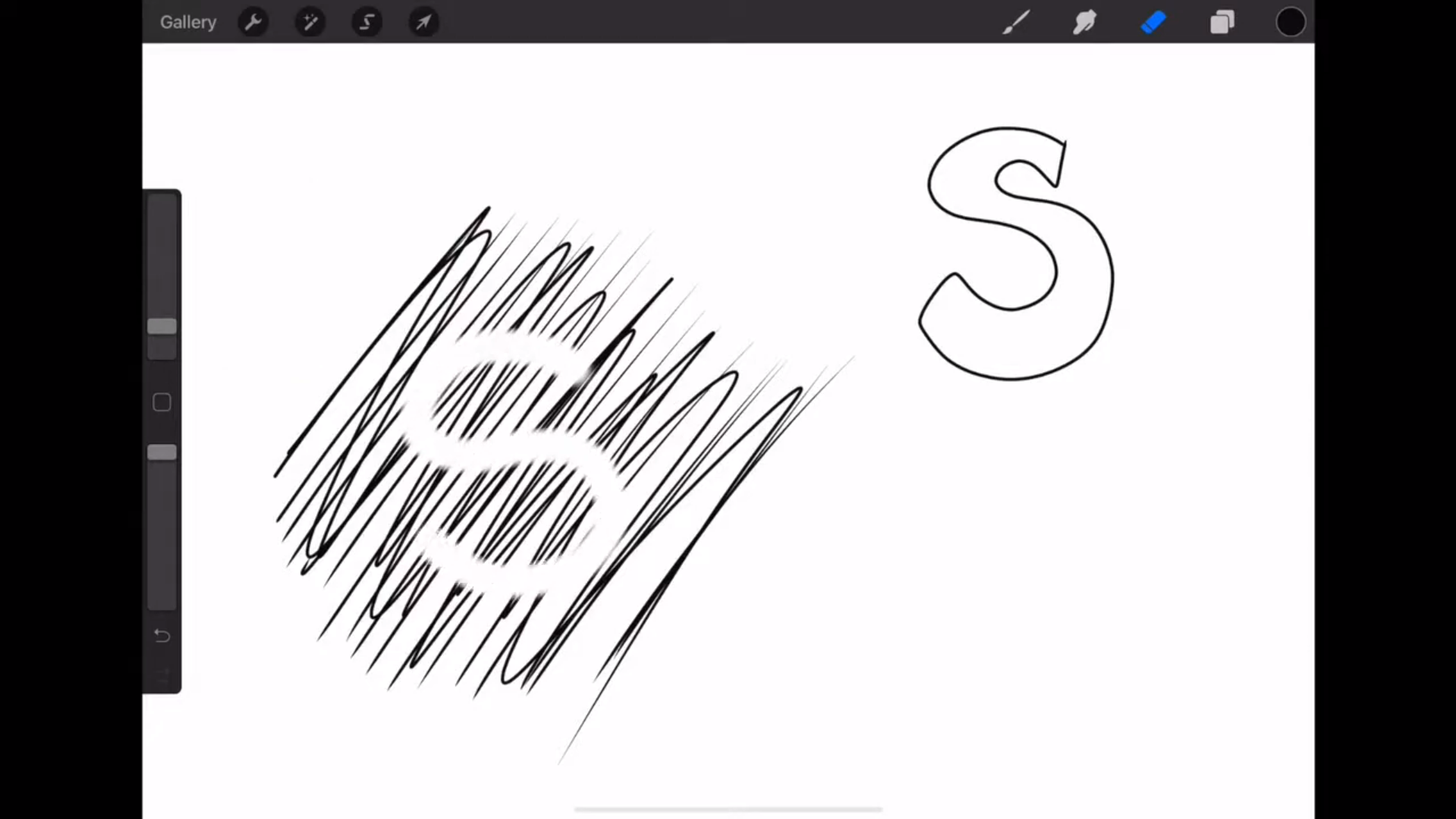
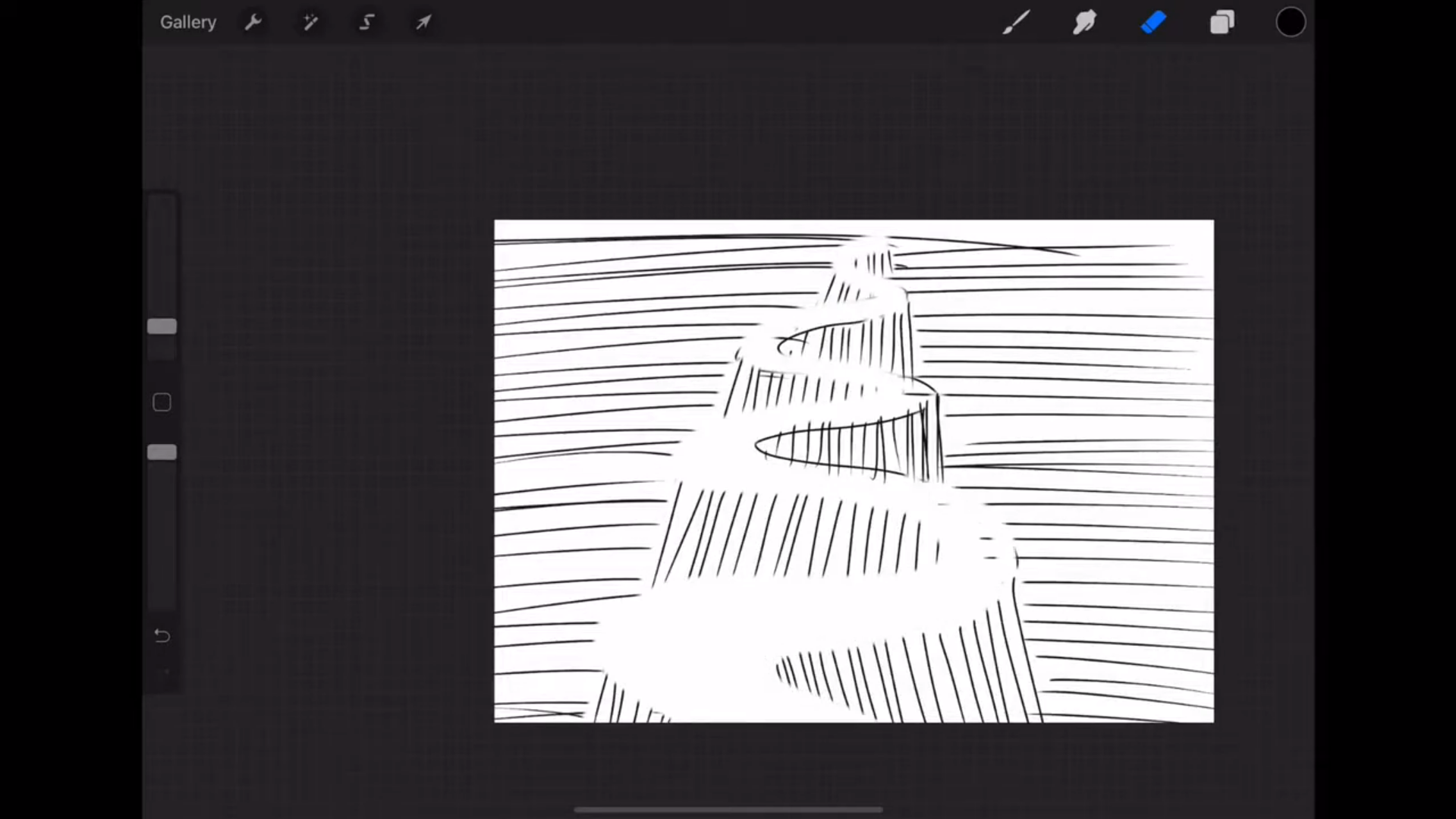
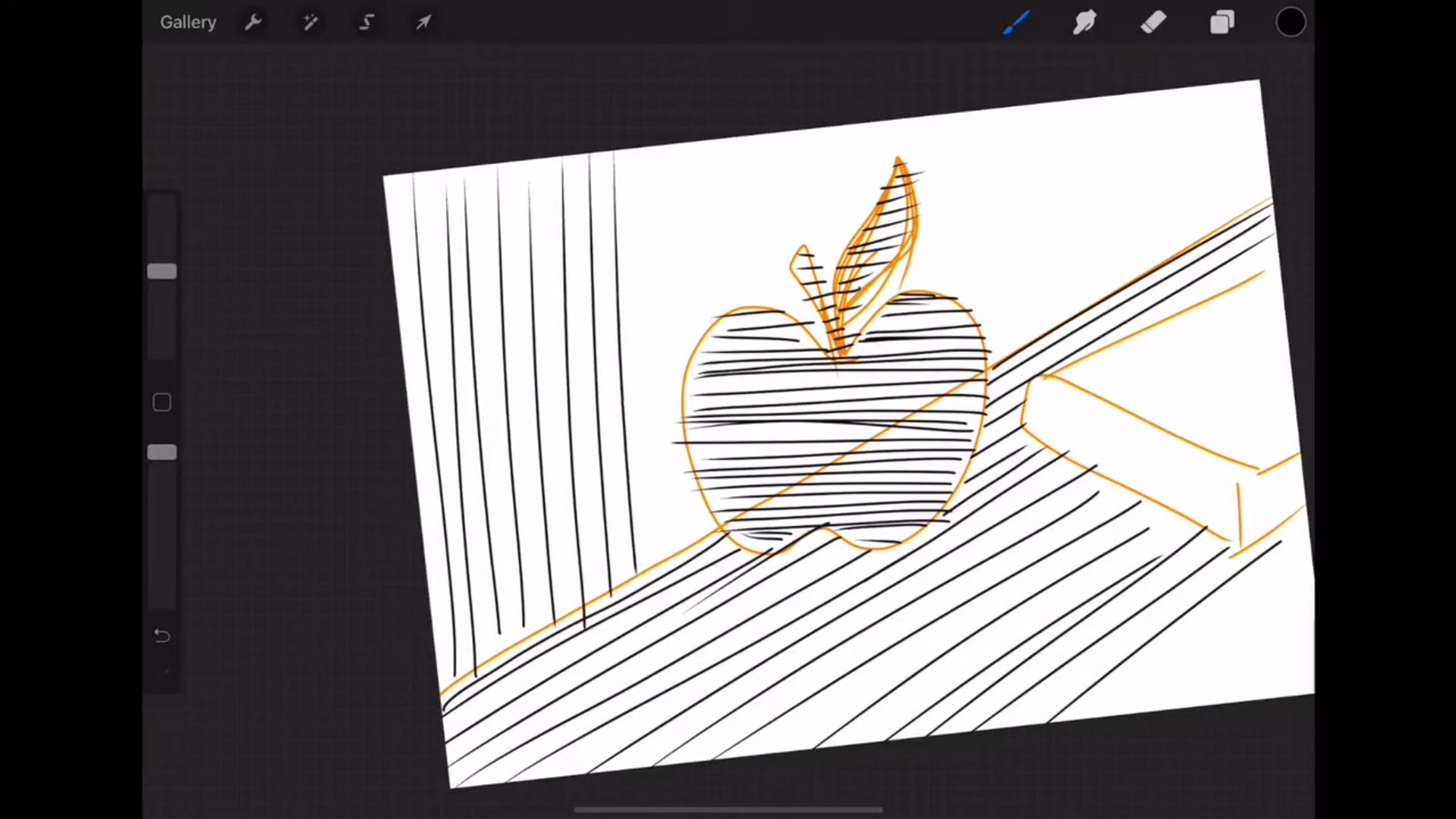
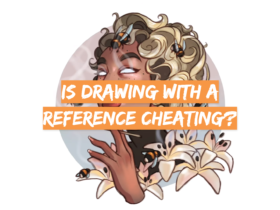
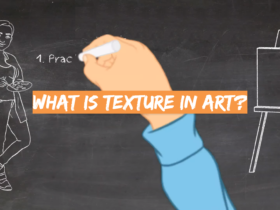
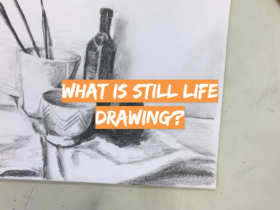
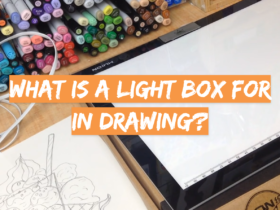
Leave a Review